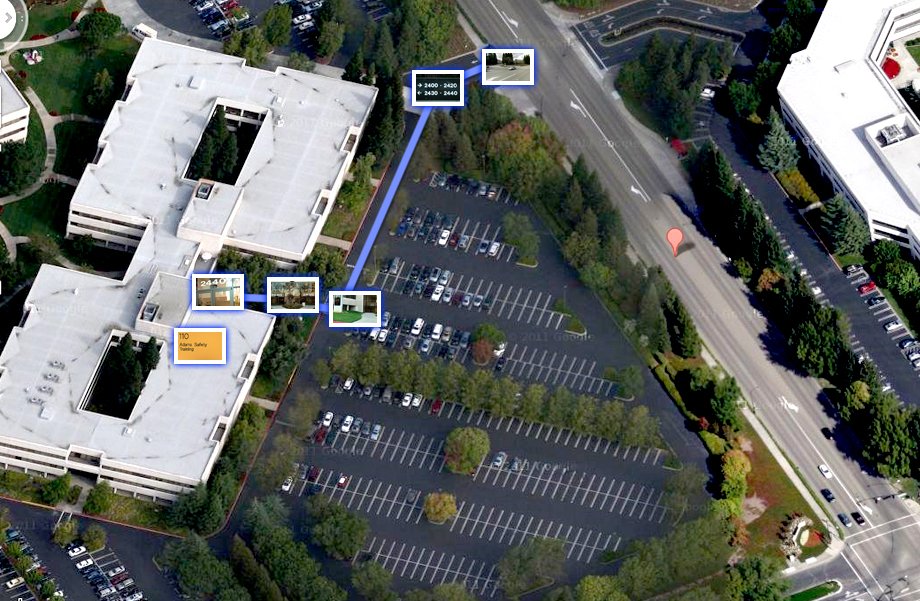Introduction:
In an ever-changing world, prioritizing the safety and well-being of children remains paramount. For parents and grandparents alike, being equipped with essential knowledge derived from Pediatric CPR/First Aid training is invaluable. This comprehensive guide unveils the top 10 safety tips derived from such training, providing insights that empower caregivers to respond effectively in critical situations.
- Maintain a Safe Sleep Environment:
Ensure infants sleep on their backs in a crib free of soft bedding, toys, and loose blankets to mitigate the risk of sudden infant death syndrome (SIDS).
- Childproof Your Home:
Conduct a thorough childproofing assessment by securing furniture, installing safety gates, and covering electrical outlets to create a secure living environment.
- Learn and Practice Pediatric CPR/AED:
Acquire the skills to perform CPR on children, including infants, as immediate intervention can be crucial in the event of cardiac arrest.
- Choking Hazards Awareness:
Recognize common choking hazards and implement preventive measures such as cutting food into small pieces and closely supervising mealtime.
- Understand Basic First Aid:
Familiarize yourself with basic first aid techniques, including wound care, bandaging, and recognizing signs of illness or injury in children.
- Be Mindful of Water Safety:
Vigilantly supervise children around water, whether in the bathtub, swimming pool, or natural bodies of water, and consider enrolling them in swimming lessons.
- Familiarize Yourself with Poison Control:
Store medications, cleaning supplies, and other potentially toxic substances out of reach, and keep the Poison Control hotline readily accessible.
- Emergency Evacuation Plans:
Develop and practice emergency evacuation plans, including rendezvous points and communication strategies, to ensure a swift and organized response to unforeseen circumstances.
- Teach Children Personal Safety:
Educate children on the importance of personal safety, including stranger danger awareness, proper use of safety equipment, and communication strategies in emergencies.
- Safe Transport:
Taking care to travel safety and buckling children in age- and size-appropriate car seats, booster seats, and seat belts reduces serious and fatal injuries by up to 80%.
Conclusion:
Empowering parents and grandparents with insights derived from Pediatric CPR/First Aid training is a proactive step toward ensuring the safety of the youngest members of our communities. By adhering to these top 10 safety tips, caregivers can cultivate a secure environment where children can thrive, knowing they are well-prepared to respond to any unforeseen challenges.
About Adams Safety Training:
Adams Safety Training has over 32 years of experience in the field. Our commitment extends beyond merely imparting skills; it encompasses empowering parents, and grandparents with the knowledge to navigate the complexities of child safety.

